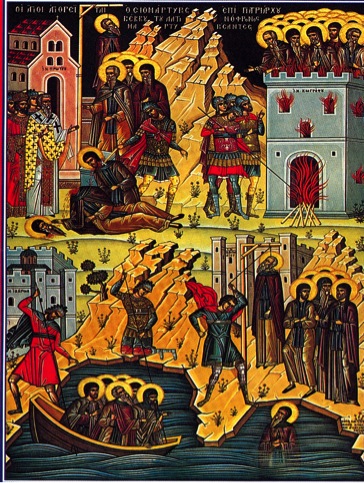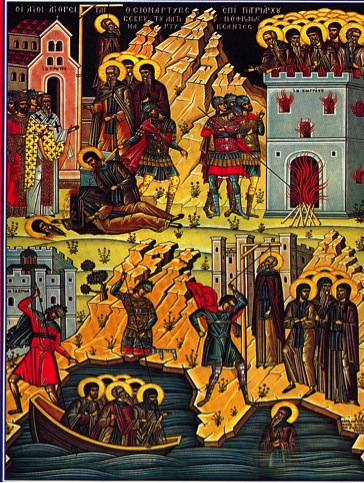
Figure 1. ‘The way to the Athens mosque passes through the church’ [scanned reproduction]
The Commissioner’s meeting with the leader of the Orthodox Church was also attended by many Greek journalists who recorded and subsequently incorporated into their articles parts of the Archbishop’s welcoming speech to the European Commissioner:
Thoughts from the waiting room (on social geography and decorative plates)
The sacrifice of Agathangelos: an illustrated story of Old Calendarism
τῶν Μαρτύρων μιμητὴν και ἰσοστάσιον
Ἀνυμνοῦμεν σε συμφώνως, ‘Οσιομάρτυς.
In this sense the neo-martyrs’ mimesis is an act of imitation. Nevertheless, Nagy in his exploration of this concept in his study of the song of the nightingale reminds us of a second and deeper meaning of mimesis. That of re-enactment:
Nagy’s insights on mimesis help us understand the sacrifice of Aganthangelos not only as the historical product of a renewed tradition of martyrdom but also as an act of re-enactment that establishes a link of blood to Jesus’ archetypal death on the cross. [16] This is affirmed through a close reading of the saint’s Megalinarion: [17]
ὅθεν καὶ ἀθλήσας, Αὐτοῦ τὸ κάλλος βλέπεις, ὡς πάλαι ἐπεθύμεις, ὦ ᾽Αγαθάγγελε.
Having received inside the life-giving fire, you were utterly inflamed
with the love of Jesus; From which you derived the courage and the strength for martyrdom, and it is His beauty that you gaze upon (emphasis mine), as you long ago wished Agathangele.
There is no doubt that the brutal death of young Agathangelos is one of the many examples modern Greek history (actual or imaginary) has to offer concerning the sacrifice of one’s own life both as an ultimate manifestation of faith and dedication to the causes of the Greek nation. As in the case of almost every neo-martyr, it constitutes a peak moment of convergence between nationalism and religious faith that in turn establishes a link of blood to Jesus’ own sacrifice on the cross. In that sense refraining from keeping the memory of a neo-martyr’s sacrifice alive constitutes a double betrayal.

Figure 2: ‘The holy [fathers] of Mount Athos who became martyrs at the time of the Patriarch Vekkos, the Latin-minded’ [scanned reproduction of the cover of Agios Agathangelos o Esphigmenitis]
